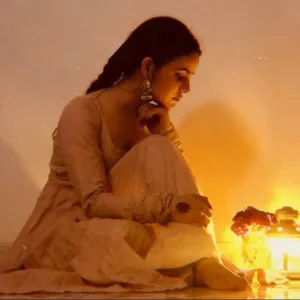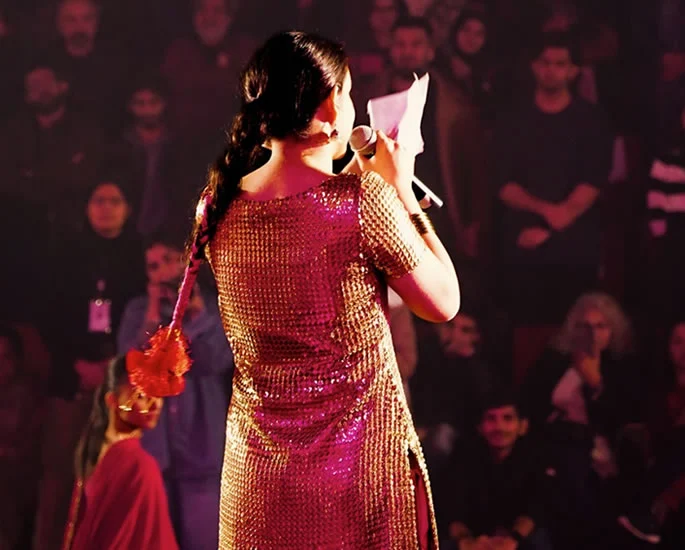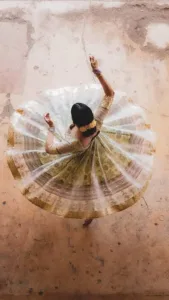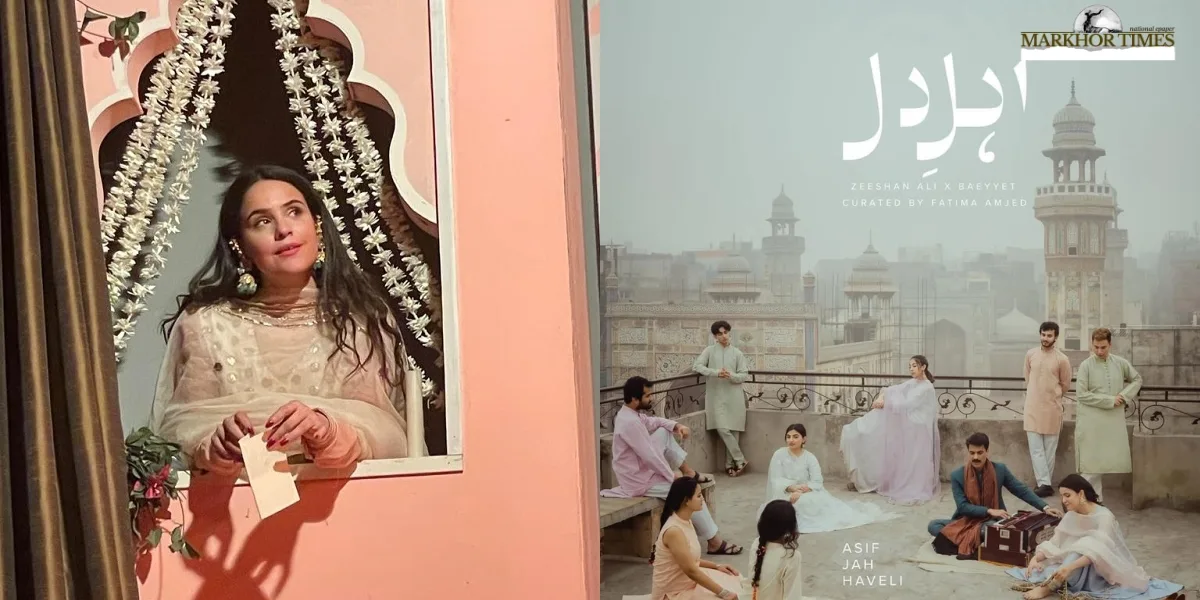In the heart of Lahore, where tradition and modernity are constantly at odds, a quiet yet powerful revolution is taking place. It is not happening in grand theatres with red velvet curtains or on mainstream television screens, it is unfolding in open air courtyards, dimly lit heritage sites, and intimate black box spaces.
Baeyyet and Fatima Amjed are at the front of this shift, breathing life back into performance art with an energy that is raw, immersive, and deeply rooted in South Asian storytelling traditions.

Baeyyet isn’t just a dance collective; it is a statement. It is a reclamation of movement as a form of storytelling, as resistance, as a language of its own. In a time when performance art is often confined to elite spaces or commercialized into oblivion, Baeyyet chooses something different. They take their craft to spaces that carry the weight of history, old havelis, forgotten courtyards, and cultural landmarks allowing their performances to merge with the past while speaking to the present.
Their work is a contemporary take on classical and folk movement, Kathak, Bharatanatyam, semi-classical and indigenous styles, fused together in a way that feels urgent rather than nostalgic. Each performance tells a story, not just of movement but of emotion, identity, and the South Asian experience. It’s dance stripped of artifice, yet layered with meaning.
Baeyyet challenges the idea that dance is mere entertainment. Instead, it becomes a conversation, a confrontation, a call to remember what was nearly lost. In a city that is often in a rush to modernize, Baeyyet stands as a reminder that tradition, when reinterpreted with passion and authenticity, is anything but outdated.
Read More: Lahore’s Horse and Cattle Show Returns After 30 Years with Global Participation
While Baeyyet moves, Fatima Amjed makes words and emotions take shape in ways that are both mesmerizing and haunting. A theatre artist in the purest sense, she defies the conventional boundaries of performance. Lahore’s theatre scene, long dominated by either mainstream comedy productions or underground avant-garde work, is finding a new center with her creations. While speaking with Erum Ahmed on daftarkhwan Fireside, Amjed stated:
In Lahore, I want my people to see art in the streets, to witness performances in spaces that belong to them, because this city and its people deserve that experience.

Her performances, whether she’s directing, writing, or acting, demand engagement. They refuse to be passive spectacles. Her work often explores themes of identity, loss, and resistance, drawing from both classical storytelling structures and contemporary realities. She is unafraid of silence, of stillness, of tension, elements often neglected in the pursuit of fast-paced, commercial theatre.
What sets her apart is her commitment to making theatre an experience rather than just an event. Whether performing in traditional auditoriums or unconventional spaces, her work disrupts expectations. She brings back the intimacy and urgency of theatre, where every line spoken and every pause held carries weight.
Together, Baeyyet and Fatima Amjed represent a movement that is challenging Lahore’s artistic landscape. They are proving that performance art doesn’t need excessive commercial backing or grand production value to be impactful. It needs heart, intent, and an understanding of the rich cultural fabric from which it stems.

In a world where attention spans are shrinking, where art is often reduced to content meant for scrolling past, their work forces you to stop, feel, and absorb. They are reviving what was once central to South Asian culture: performance as a means of storytelling, of resistance, of connection. While talking about admiration of art in South Asia, Amjed said:
Our people connect to South Asian music instinctively. They don’t enjoy things that feel unfamiliar. I realized the power of music through this, and I knew that this is what I need to play with—presenting a beautiful choreography with a piece that speaks to them.
This isn’t just art. It’s a renaissance in the making






